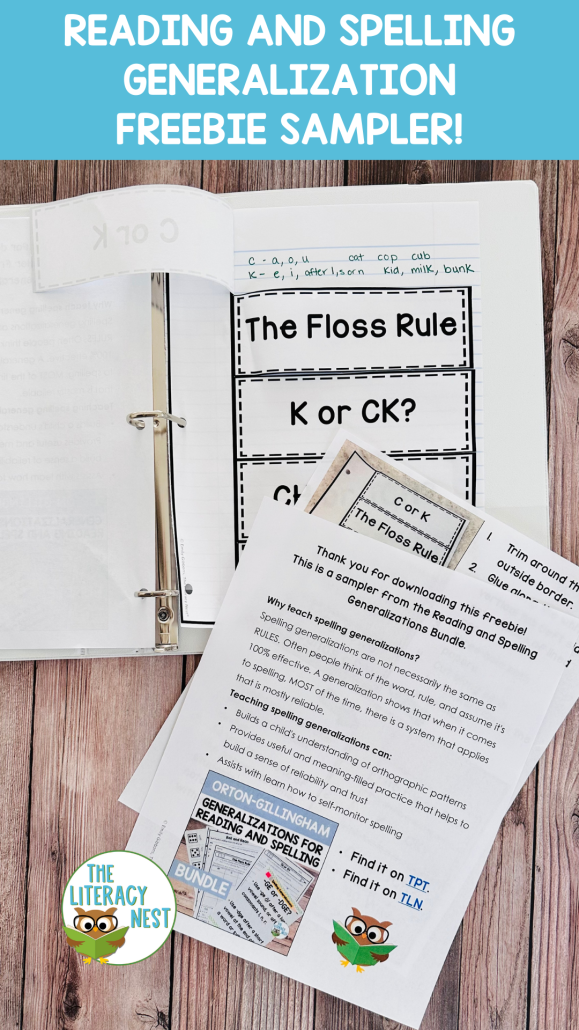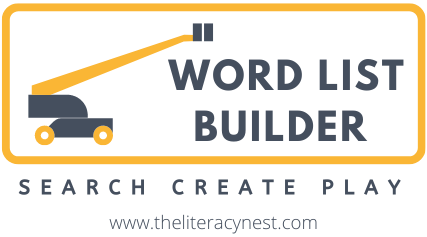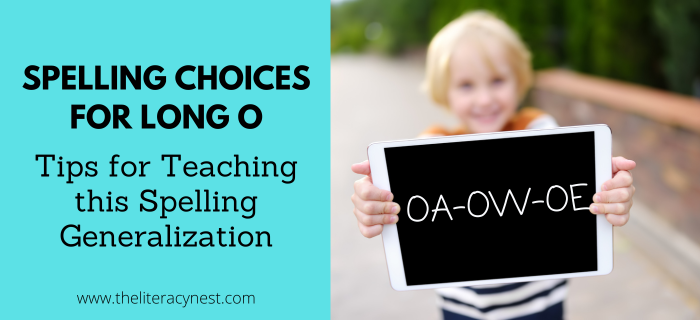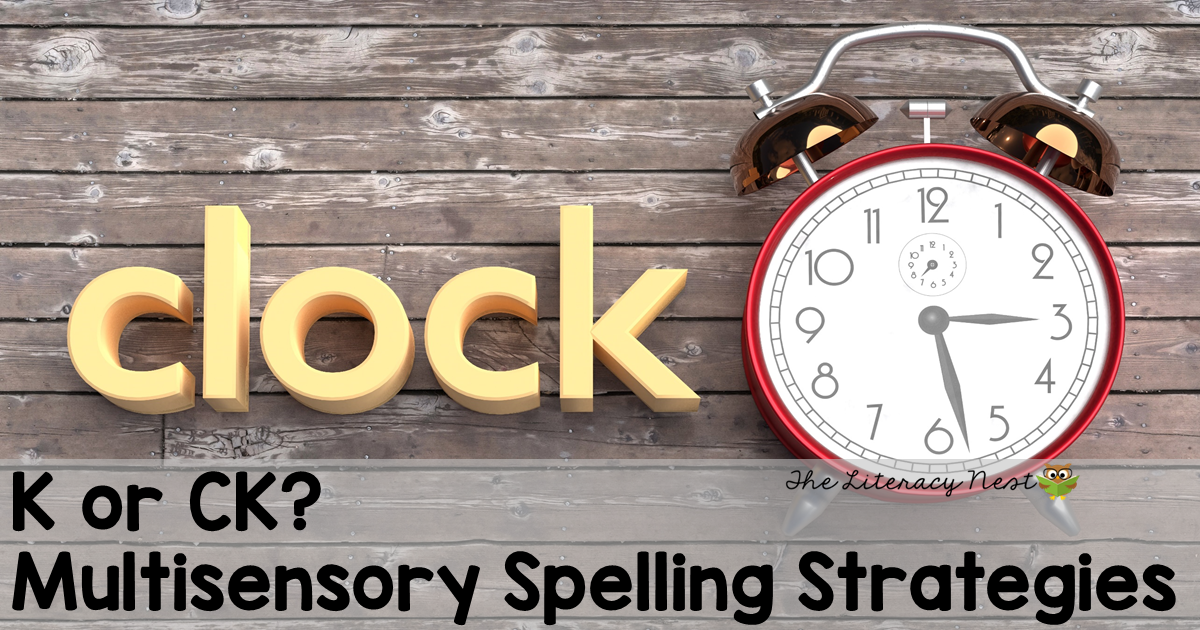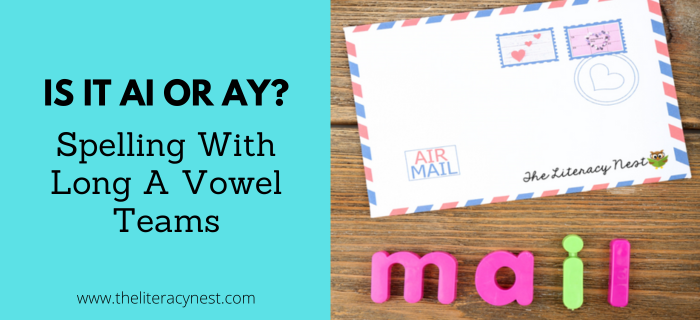Is It AU or AW? Spelling Strategies For Vowel Teams
The spelling generalizations for vowels really are cumulative. Although it may take a lot of practice for your students to internalize them, an understanding of the principles at work is very important. As your students continue to learn less frequent vowel teams, they will need to draw on their knowledge about other vowel teams and use what they know to help them develop new understandings. The following are some spelling strategies for vowel teams.
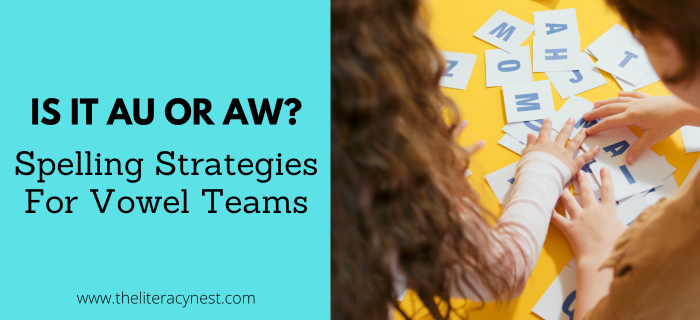
The vowel teams au and aw are advanced material. Not only do they make an unexpected sound, but they have a complex two-part spelling generalization that accompanies them. By the time your students are introduced to au as in August and aw as in saw, they have already had the opportunity to learn and practice the ou/ow spelling generalization. The au/aw spelling generalization builds on that knowledge.
Typically, you can teach this spelling generalization in two parts after having taught the phonograms individually. It is worth noting that the /ȯ/ sound as in saw or August is very much affected by regional dialect. Depending on where your child is from, this sound is nearly identical to the short o sound or it is a distinct separate sound. Technically speaking, it is a diphthong, but for the needs of your students, it is important for them to recognize the phonograms and associate them with the correct sound according to the region in which they live.
NOTE: This vowel team is further evidence that “When two vowels go walking, the first one does the talking.” can cause more confusion than good. Here are my favorite spelling strategies for vowel teams.
PART ONE: Spelling Strategies for Vowel Teams
Part one of the spelling generalization is almost the same as the ou/ow and ai/ay rule. When you hear the / ȯ / sound at the beginning or in the middle of a syllable, it is usually spelled au. When you hear the / ȯ / sound at the end of a syllable, it is usually spelled aw. For au, this holds true very consistently.
Some words that follow this generalization include:
taut aunt fraud pause August
saw draw claw caw jaw
While this is quite straightforward, take care initially to avoid words in which aw does not fall at the end of the syllable.
PART TWO: Spelling Strategies for Vowel Teams
To address those instances requires part two of the spelling generalization. When the / ȯ / sound is followed by just an n or just an l, it is usually spelled with aw. It may be helpful to think of these as word families that follow the 2nd part of the rule.
Typically, it is helpful to demonstrate to your students that this only applies when the n or l is alone at the end of the word. Words like haunt, fault, and aunt are spelled with au because the n is not alone after the / ȯ / sound.
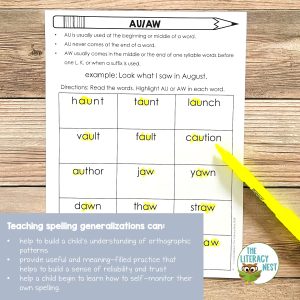
Some words that follow this generalization include:
awl brawl shawl pawn lawn drawn
There are occasions where aw will make the / ȯ / sound at the end of the first syllable in a 2-syllable word, besides a compound word, but this is quite uncommon.
Some examples are:
lawyer (not a true / ȯ/ sound) Pawnee Shawnee
Finally, there are exceptions to this generalization where / ȯ/ is spelled aw outside of these circumstances as in the word family hawk, gawk, and squawk.
In order to teach this spelling generalization, it is helpful for your students to be able to segment 4 or 5 sounds, be familiar with the vowel team syllable type, and have already learned the ai/ay and ou/ow generalizations. I strongly suggest you teach the phonograms au and aw individually first before tackling the decision of when we use each of these spellings. It is important that your students apply this spelling generalization to the base word before adding suffixes.
Students can use some guiding questions to help them make a decision when writing a new word:
- What is the base word?
- Where do I hear the vowel sound?
- What sound do I hear after the / ȯ / sound?
Download our Reading and Spelling Generalizations freebie sampler! It includes mini posters, a note-taker, and a handy cheat sheet with links to blog posts and a video with teaching tips!
Here are Seven Simple Teaching Ideas for Vowel Teams:
Download this printable guide for teaching OU or OW!
1. Sorting:
You can sort words by spelling or sort pictures by vowel location to build phonemic awareness skills.
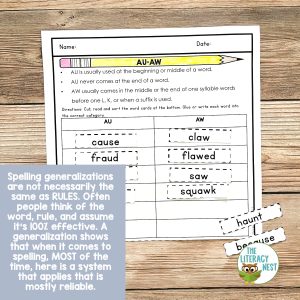
2. Start from the known:
Many students have a few known words of this pattern such as saw, claw, or dawn that they are already familiar with. These words can act as anchors to help students apply the spelling generalization.
3. Review activities:
It is helpful to practice both possible locations for /ȯ/ during the blending drill by occasionally following aw with an l or n. Playing games with spelling choices where students must choose au or aw to complete a given word also reinforces this concept.
4. Dictation:
Make sure to avoid using au and aw in dictation after you have taught the individual sounds until you have taught part 1 of the generalization. Avoid words that follow part 2 until that has been taught. When it is necessary to use them before this has been taught, scaffold which spelling choice the student should use.
5. Games:
Incorporate words with au and aw vowel teams frequently in review lists and games.
6. Spiral and Review:
I recommend keeping the au and aw vowel cards as part of the card drill, and blending drill, and incorporating them into dictation often. Be aware that although students may be automatic with writing a word such as saw, they may not be able to automatically use this phonogram when spelling less familiar words such as squaw or thaw.
7. Verbalize:
It is valuable to have students verbalize how they know which spelling of the / ȯ / sound they are going to use based on its location in the word.
This complex problem-solving will provide your students with a useful framework for word analysis! It will also become necessary when they learn more complex considerations or later suffix rules.
If you’ve enjoyed this blog post and are looking for more posts on spelling generalizations, this is part of a whole series! Read more posts on teaching reading and spelling generalizations.
Spelling Rules for Orton-Gillingham Lessons
Looking for systematic and explicit phonics instruction? This resource teaches the spelling generalization OU and OW. It is compatible with Orton-Gillingham lesson plans, dyslexia intervention, online tutoring, distance learning and other reading intervention programs. If you are an Orton-Gillingham tutor or teacher, these work well with your lesson plans!
You can grab it at The Literacy Nest Shop or on TpT.
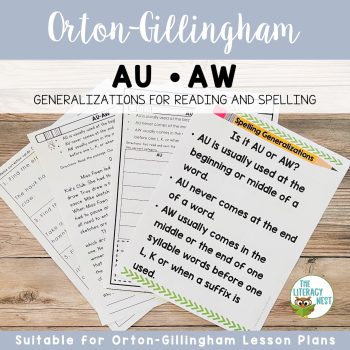
If you are seeking more advanced practice, you’ll want to check out this Spelling Generalizations bundle.
Are you looking for a list of words with vowel teams? Word List Builder has got you covered!
Save time searching for vowel team words! Create customized and meaningful review, build your folder of words, create templates and games, and much more in Word List Builder.


